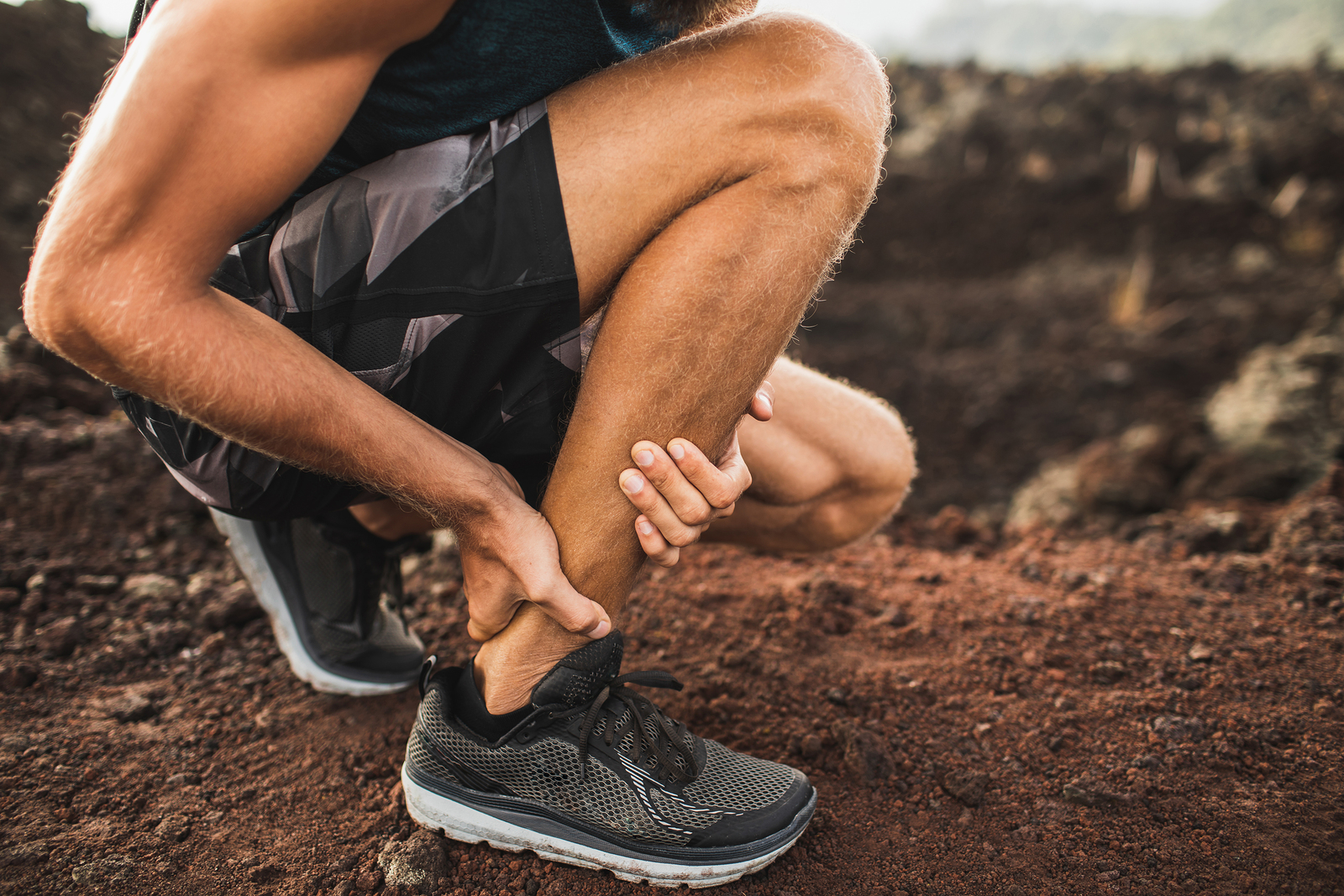Don’t Let Achilles Tendonitis Stop You in Your Tracks
You know about Achilles, the Greek god whose only vulnerability was the tendon connecting his calf muscle to his heel bone – hence the Achilles tendon. Although this tendon is powerful, it is not very flexible, which leaves it susceptible to Achilles tendonitis. Identifying the causes, signs and available treatment options for this condition may ease your symptoms.
What is Achilles Tendonitis?
The Achilles tendon aids in running, walking, jumping, climbing, and more, so repetitive stress can lead to inflammation and irritation, referred to as Achilles tendonitis.
There are two forms of this condition: insertional and non-insertional. Insertional tendonitis occurs where the tendon meets the heel bone. This type results from years of overuse (endurance athletes, runners, etc.). Non-insertional tendonitis occurs in the middle of the tendon and is common in young, active people.
Causes of Achilles Tendonitis
Increased activity during the summer like running, hiking and tennis can cause microtears in the tendon. It also naturally weakens with age, leaving older, active people at risk. Other causes involve the way that you complete these activities:
- Suddenly increasing the distance, duration or intensity of exercise
- Starting aggressive exercise with tight calf muscles
- Inappropriate footwear
- Cold weather training
- Poor running form
- Playing sports only on the weekend
Some causes of Achilles tendonitis are unrelated to your activity:
- Flat feet or misalignment
- Different leg lengths
- Bone spur – extra bone growth at the heel can rub against the tendon
Symptoms
Usually, Achilles tendonitis begins as a mild ache and transitions into more severe pain after prolonged activity. Some cases of this condition occur silently, but most people will experience notable symptoms:
- Pain along the tendon or heel that worsens with activity
- Stiffness in the morning that gradually improves with movement
- Growth of a bone spur
- Constant swelling
- Limited range of motion in the ankle
Chiropractic care for treatment and prevention
Don’t rely on ice and rest to completely heal this condition. Chiropractic care and massage therapy may accelerate healing and aid in prevention.
Adjustments
Adjustments improve weight distribution and restore more balance and grace while walking and running. This practice reduces unequal wear and tear and decreases your likelihood of developing this condition.
Graston Technique
This technique is a form of muscle scraping to break up adhesions in the tendon and stimulate blood flow to the area. Generally, tendons do not have a large blood supply which slows healing. Through the Graston technique chiropractors may be able to promote faster healing.
Massage
Tightness and weakness in areas like the glutes or hips can throw off the body and distribution of weight, causing tightness down the whole leg, which can influence tendonitis. Massage therapy relieves muscle tension to stimulate blood flow and improve flexibility.
Regular chiropractic care gives your body the support it needs to avoid unnecessary injury. Not only does it improve balance and posture, but it can directly affect the way your tendons respond to quick movements and repetitive actions. Don’t let Achilles tendonitis stop you in your tracks; find the solution at Total Body Chiropractic & Massage.

